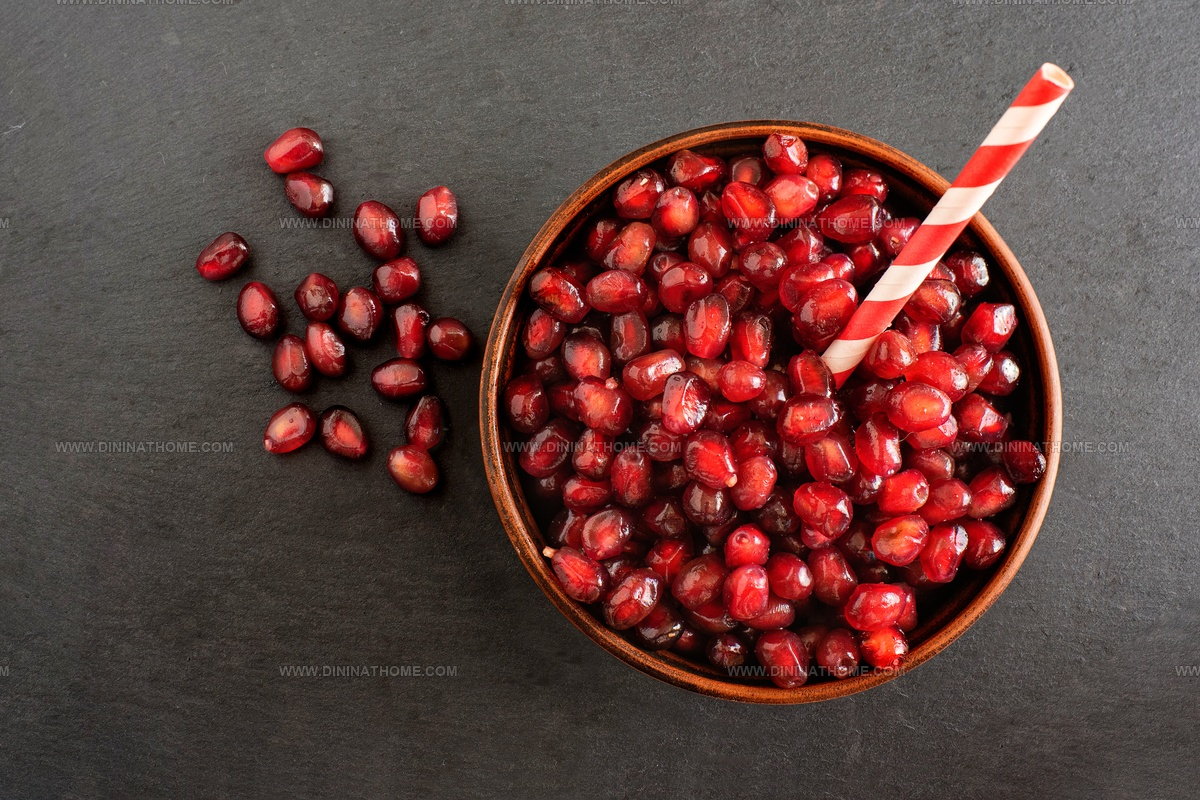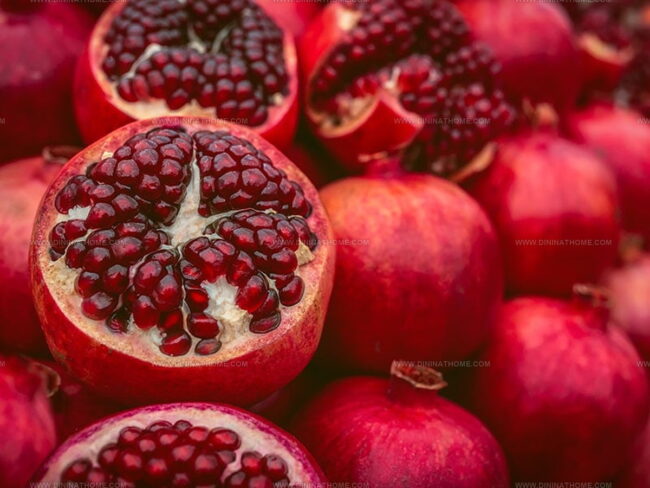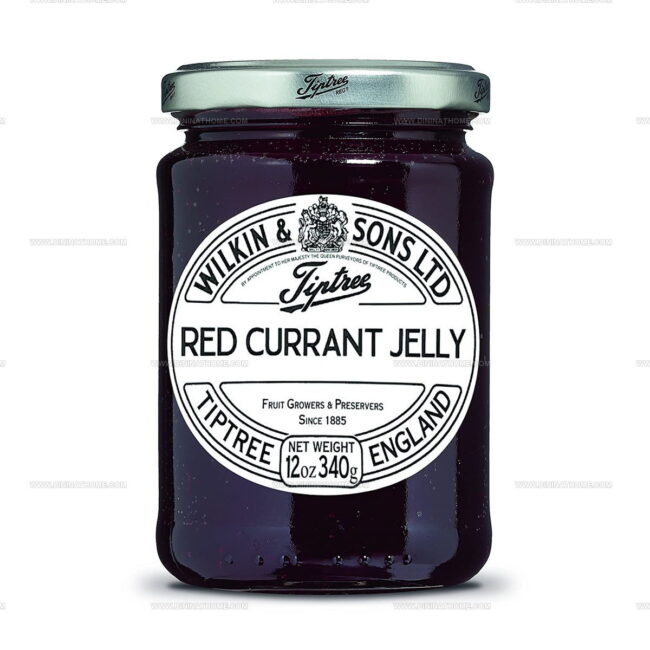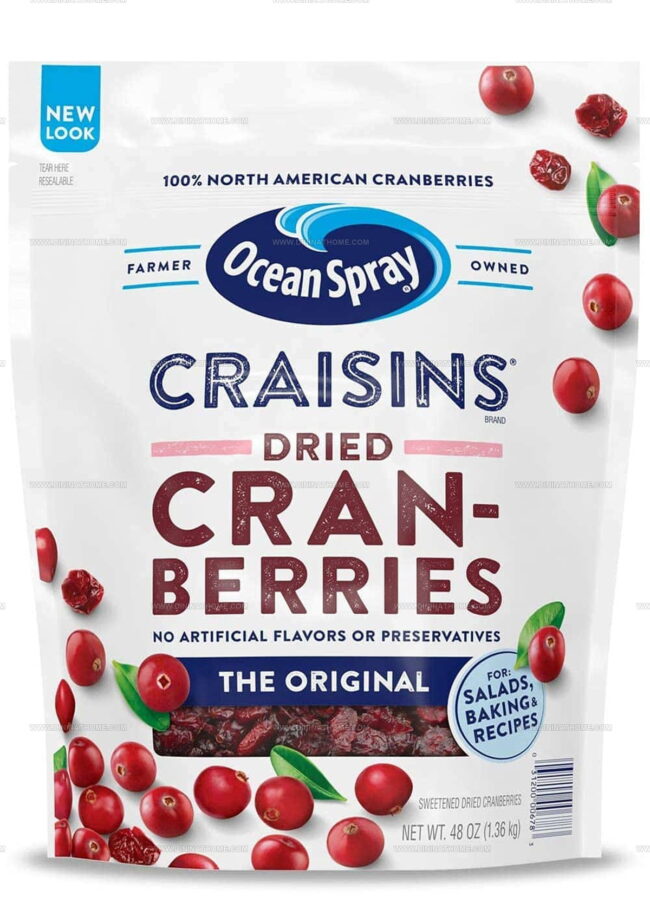3 Great Options to Use Instead of Pomegranate Seeds
Substitute for pomegranate seeds can transform an ordinary dish into something extraordinary without hours of tedious deseeding work.
Extracting those tiny jewel-like seeds from their leathery encasement often deters home cooks from using them.
The bright pop of color and tangy-sweet flavor profile makes these seeds highly desirable in countless recipes across global cuisines.
Several alternatives deliver similar visual appeal and taste characteristics while saving precious preparation time.
Creative chefs have developed numerous ingenious replacements that maintain the integrity of traditional dishes without compromising on flavor impact.
These substitutions work beautifully in salads, desserts, main courses, and beverages where the original seeds would typically shine.
Now you can recreate your favorite pomegranate-enhanced meals even when these ruby gems aren't available at local markets.
Read on to find perfect alternatives that will dazzle dinner guests and satisfy your culinary cravings with minimal effort.
Why Substitute Pomegranate Seeds?
There are several good reasons to look for substitutes for pomegranate seeds, whether you’re cooking at home or making a salad, dessert, or drink:
Hard to Find
Fresh pomegranates aren’t always in season, and they can be expensive or unavailable at local stores.
Texture Preferences
Some don’t enjoy the crunchy seeds in pomegranate arils, so a softer fruit may suit certain recipes better.
Allergies or Sensitivities
Allergies to pomegranates or reactions to the seeds make swapping important for safety.
Time-Saving
Removing pomegranate seeds can be messy and time-consuming, so substitutes can speed up prep.
Taste Variation
Pomegranate seeds are sweet-tart, but a milder or more neutral fruit may fit your dish better.
Appearance and Color
For a pop of color or juicy topping, red fruits like raspberries or red currants can replace pomegranate seeds and look just as appealing.
Versatility in Recipes
Using substitutes lets you experiment with new textures and flavors, making dishes unique and tailored to your taste or what’s available.
Juicy Alternatives for Fresh Pomegranate Seeds
No fresh pomegranate seeds? No worries. A colorful, juicy swap can take their place while keeping your recipe vibrant. You’ll still serve a dish that looks and tastes lively.
Red Currants
Substituting red currants for pomegranate seeds offers a tasty alternative in dishes where few people can spot the difference.
Their similar sour-sweet flavor profile works wonderfully in salads and smoothies, adding a delicious kick to any recipe combination.
Red currants not only mimic the appearance of pomegranate seeds but also pack impressive nutritional benefits through their rich vitamin content.
Both red and black varieties contain beneficial flavonoids and vitamin B that strengthen capillaries, protect body tissues, and help prevent diabetes.
For maximum nutritional value, these tiny fruits should be ripe and fresh when you add them to your meals.
Cranberries
Cranberries make an excellent substitute for pomegranate seeds and can be found in most grocery stores throughout the year.
Fresh or dried versions work equally well in recipes, with dried cranberries easily rehydrated by soaking them in warm water for about 15 minutes.
Many health experts value cranberries for their impressive antioxidant content and vitamin profile, making them a smart addition to any balanced diet.
These small red berries shine in traditional dishes like Thanksgiving sauce and stuffing, but their versatility extends to desserts, casseroles, and refreshing juices.
Pomegranate Syrup
Pomegranate syrup serves as an excellent substitute for pomegranate seeds in recipes where you need the distinctive sweet-tart flavor without the crunchy texture.
The syrup captures the essence of pomegranates while offering a smooth consistency that blends seamlessly into dressings, marinades, and beverages.
Many cooks prefer this alternative when making smoothies or cocktails since it eliminates the need to strain out seeds afterward.
For salads and main dishes, a light drizzle of the syrup can add the same flavor punch that seeds would provide but in a more subtle form.
Tips for Getting the Right Color and Texture with Pomegranate Seed Alternatives
Getting the right color and texture with pomegranate seed substitutes is easy when you choose the right fruits and use a few simple tricks:
Pomegranate Seed Alternatives: Your Essential Guide
1. Are there low-sugar alternatives to pomegranate seeds?
Fresh red currants or diced strawberries are naturally lower in sugar and add color and tang without extra sweetness.
2. Can I use pomegranate juice or molasses as a substitute?
Pomegranate juice or molasses can add flavor and color in dressings, sauces, or glazes, but won’t provide the crunch of whole seeds.
3. What’s the best substitute for pomegranate seeds in salads?
Dried cranberries, chopped fresh cherries, or raspberries work well for a pop of color and sweet-tart flavor in salads.
4. Are pomegranate seed alternatives suitable for vegan and gluten-free diets?
Yes, all suggested fruits are naturally vegan and gluten-free, making them suitable for most diets.
5. Will using a substitute affect the appearance of my recipe?
Most alternatives offer a similar jewel-like color, though the texture and size may vary from pomegranate seeds.
6. Can I use these substitutes in both sweet and savory recipes?
Absolutely, dried cranberries, currants, and chopped berries work in both desserts and savory dishes like grain bowls or roasted veggies.
7. Are there shelf-stable alternatives to fresh pomegranate seeds?
Dried cranberries and currants are shelf-stable and available year-round, making them easy to use as a substitute.






Emily Harper
Nutrition Consultant & Recipe Analyst
Expertise
Healthy Recipe Modification, Nutritional Analysis & Meal Planning, Global Cuisine & Dietary Adaptations
Education
School: French Pastry School, Chicago, IL
Program: L’Art de la Pâtisserie
Focus: Intensive training in traditional French pastry techniques, baking theory, and confectionery arts.
Emily’s journey started in a pastry kitchen but took a detour into the world of health and flavor science.
Graduating from the French Pastry School and studying nutrition opened her eyes to a new mission: making healthy food taste like something you’d actually crave.
At Dining At Home, Emily’s the go-to for smart, feel-good recipes that don’t trade flavor for nutrition.
She’s all about adding a fresh spin on old favorites and finding small ways to make everyday meals a little brighter.
Outside of the kitchen, Emily is most at home walking forest trails, testing plant-based recipes, or sharing a picnic under a wide-open sky.